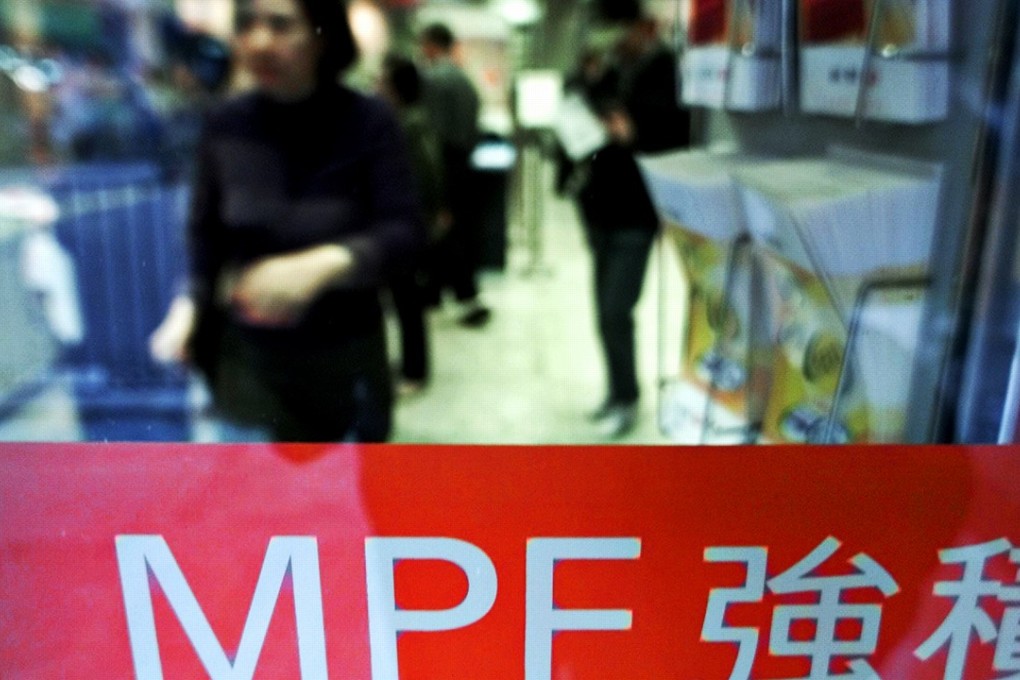Hong Kong’s small firms raging at leading business groups for ‘betrayal’ over MPF offsetting subsidies
Hong Kong Business Community Joint Conference insists more financial help should be forthcoming before controversial severance and long service payment mechanism is scrapped

Hong Kong’s small and medium-sized enterprises have condemned the city’s five biggest business chambers for “betraying” them after they failed to insist the government provide indefinite subsidies to help employers build up workers’ nest eggs.
The Hong Kong Business Community Joint Conference, representing more than 100 business associations on the issue, insisted more financial help should be forthcoming before the mechanism allowing bosses to dip into staff pensions to pay severance and long service awards was scrapped.

Aaron Shum Wan-lung, the alliance’s secretary general, said: “It’s easy for many small and medium-sized businesses to close down, such as when they face rent hikes.”
With the move, Hong Kong was discouraging entrepreneurs to launch start-ups, Shum said, adding the alliance would issue a sterner rejection of the proposal and suggest alternatives.